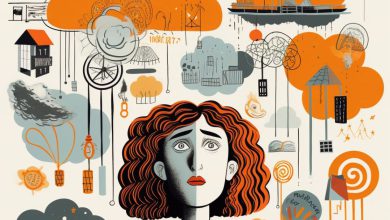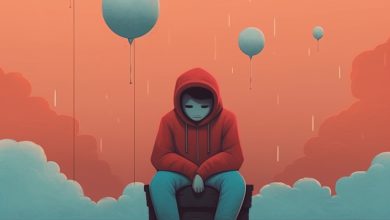Art Therapy for OCD: Does Art Therapy Help with OCD?

Art therapy for OCD provides a creative and holistic approach that addresses the emotional and psychological aspects of the disorder. By incorporating artistic expression into treatment, individuals with OCD can find a unique avenue for self-discovery, self-expression, and healing. In this article, we discuss how art therapy can help individuals with OCD.
What is Art Therapy?
Art therapy is a specialized form of psychotherapy that harnesses the power of the creative process and artistic expression to promote healing and psychological well-being. It involves working with a trained art therapist who guides individuals in using various art materials and techniques to explore their emotions, thoughts, and experiences. Unlike traditional talk therapy, art therapy taps into the innate human capacity for creativity and allows for nonverbal expression, making it particularly suitable for individuals who may struggle with verbal communication, such as those with OCD.
| Suggestion: OCD and MBTI | Is There a Connection?

Art therapy incorporates a range of principles and techniques to facilitate self-exploration and emotional healing. Through the creation of visual art, individuals can externalize their internal experiences, gain insight, and develop a deeper understanding of their emotions and thoughts. The art therapist may employ techniques such as free drawing, collage, sculpting, or painting to encourage self-expression and encourage the exploration of specific themes or emotions related to OCD.
In the context of OCD, art therapy techniques can be tailored to address obsessions and compulsions. For example, individuals may be encouraged to create art that represents their intrusive thoughts or fears, allowing them to externalize and confront them in a safe and controlled manner. They may also engage in art activities that promote relaxation and mindfulness, such as creating mandalas or engaging in rhythmic and repetitive art-making processes.
| Related: Intrusive Thoughts in OCD
Benefits of Art Therapy for Mental Health Conditions
Art therapy has been widely recognized for its numerous benefits in supporting mental health and well-being. Scientific research has shown its efficacy in reducing anxiety, improving emotional regulation, enhancing self-esteem, and fostering personal growth. For individuals with OCD, art therapy offers specific advantages:
- Emotional expression: Art therapy provides a unique outlet for individuals to express and process the complex emotions associated with OCD. Through the creation of art, individuals can externalize their fears, anxieties, and obsessions, which can lead to a sense of relief and catharsis.
- Symbolic representation: Artistic expression allows for symbolic representation, enabling individuals to communicate their thoughts and experiences that may be difficult to express verbally. This symbolic representation can help individuals gain insights into the underlying meanings and triggers of their OCD symptoms.
- Distraction and relaxation: Engaging in art-making activities can serve as a healthy distraction from intrusive thoughts and compulsive behaviors. The focus and concentration required in the creative process can promote relaxation, reduce anxiety, and provide a sense of control.
Scientific studies support the efficacy of art therapy for mental health conditions. For example, a study published in the Journal of the American Art Therapy Association found that art therapy significantly reduced symptoms of anxiety and depression in individuals with various mental health disorders. Another study in the Journal of Affective Disorders demonstrated that art therapy improved emotional well-being and reduced symptoms of psychological distress in individuals with OCD.
Art therapy for OCD offers a creative and therapeutic approach that can complement traditional treatment methods and promote emotional healing and symptom management.
Break free from OCD’s grip!
Learn how to overcome time-consuming mental rituals and regain control over your life.
Read the guide below to discover:
Art Therapy and OCD: How it Works
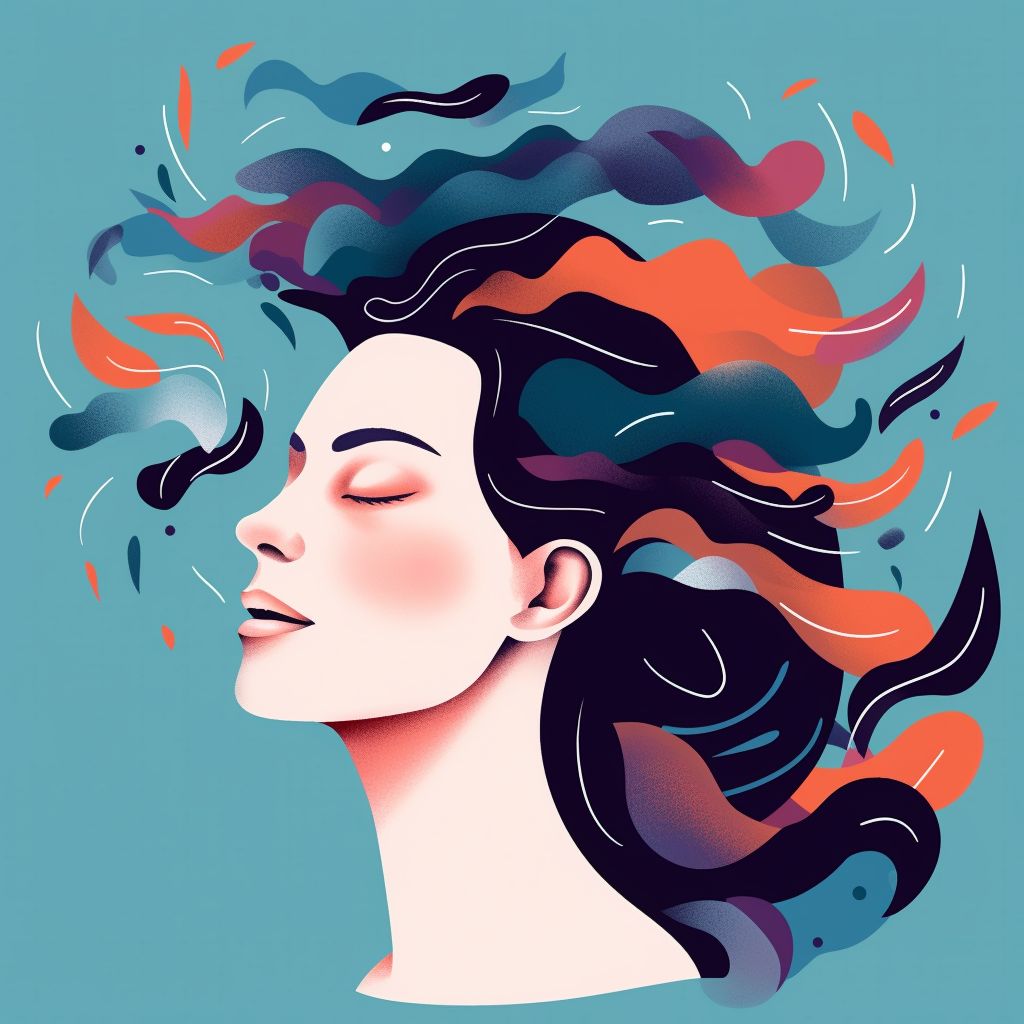
Creative expression has long been recognized as a powerful tool for enhancing emotional well-being. Engaging in artistic activities can activate different areas of the brain associated with emotions, cognitive processing, and sensory experiences. This connection between creative expression and emotional well-being forms the foundation of art therapy for OCD.
Research has shown that art-making stimulates the release of endorphins, dopamine, and serotonin—neurotransmitters associated with positive emotions and feelings of pleasure. This release can lead to a sense of relaxation, stress reduction, and improved mood. By channeling their energy and focus into artistic creation, individuals with OCD can experience a shift in their emotional state and find temporary relief from anxiety and intrusive thoughts.
Do you know the differences between OCD and OCPD?
Read the comprehensive guide below to find out:
OCPD vs. OCD: Similarities and Differences
How Art Therapy Works for Individuals with OCD
Art therapy can be adapted to meet the specific needs of individuals with OCD. Therapists trained in art therapy for OCD understand the unique challenges faced by these individuals and tailor their approach accordingly. Some adaptations may include:
- Addressing obsessions and compulsions: Art therapy provides a safe space for individuals with OCD to express and explore their obsessions and compulsions. Through art-making, individuals can visually represent their intrusive thoughts, fears, or repetitive behaviors. This process allows for externalization and increased awareness of these thoughts, facilitating a deeper understanding and potential reevaluation of their significance.
- Managing anxiety and promoting relaxation: Art therapy techniques can focus on managing anxiety and promoting relaxation. Therapists may guide individuals through mindfulness-based art exercises, such as creating mandalas or engaging in rhythmic and repetitive art-making processes. These activities can help individuals with OCD shift their focus away from distressing thoughts and enter a state of relaxation and calm.
Examples of Art Therapy Techniques for Treating OCD
Art therapy offers a range of techniques that can be effective in treating OCD. Some examples include:
- Image transformation: Individuals with OCD often have vivid mental images related to their obsessions. In this technique, art therapists guide individuals to visually transform these images by altering colors, shapes, or themes. This process enables individuals to gain a sense of control and empowerment over their intrusive thoughts and reshape their relationship with them.
- Collage and symbolic representation: Collage-making allows individuals to create visual narratives that represent their experiences with OCD. By combining images, words, and materials, individuals can symbolically express their feelings, triggers, and coping strategies. This technique can facilitate self-reflection, insight, and communication about their OCD journey.
Scientific research on art therapy for OCD is still developing. However, a study published in the Journal of Affective Disorders found that art therapy, combined with cognitive-behavioral therapy, resulted in significant reductions in OCD symptoms and improved emotional well-being. These findings highlight the potential efficacy of art therapy techniques in the treatment of OCD.
Art therapy provides individuals with OCD a creative and expressive outlet to explore their experiences, manage anxiety, and foster personal growth. By integrating artistic expression into therapy, individuals can develop new perspectives, coping skills, and a stronger sense of self.
| Suggestion: Relationship OCD (ROCD) | Navigating Obsessions in Romantic Relationships
Evidence-Based Benefits of Art Therapy for OCD

Several studies have examined the effectiveness of art therapy in treating OCD and have shown promising results. One study published in the Journal of Clinical Psychology investigated the impact of art therapy on OCD symptoms and found that participants who received art therapy as an adjunct to traditional treatment experienced significant reductions in their obsessions and compulsions. Another study in the Journal of Nervous and Mental Disease explored the effects of art therapy on anxiety and OCD symptoms and demonstrated significant improvements in both measures.
Furthermore, a systematic review published in the Journal of Evidence-Based Mental Health analyzed multiple studies on the use of art therapy for OCD and concluded that art therapy shows promise as an effective intervention for reducing OCD symptoms and improving overall well-being. These studies collectively support the effectiveness of art therapy in addressing the symptoms of OCD.
| Learn more: Art Therapy for Anxiety
How art therapy can help in managing OCD symptoms
Art therapy offers unique benefits in managing OCD symptoms by providing individuals with alternative means of expression, emotional regulation, and coping strategies. Through the creative process, individuals can externalize their obsessions and compulsions, gaining distance from them and reducing their intrusive impact.
Art therapy also encourages individuals to explore and challenge their fears and anxieties in a supportive environment. By engaging in art activities related to OCD themes, individuals can gain insight into the underlying causes of their symptoms and develop healthier responses. Additionally, the act of creating art promotes relaxation, stress reduction, and a sense of control, which are crucial in managing the anxiety associated with OCD.
| Read more: OCD and Relationships; How OCD Affects Relationships
Art Therapy Vs. Other Treatment Approaches for OCD
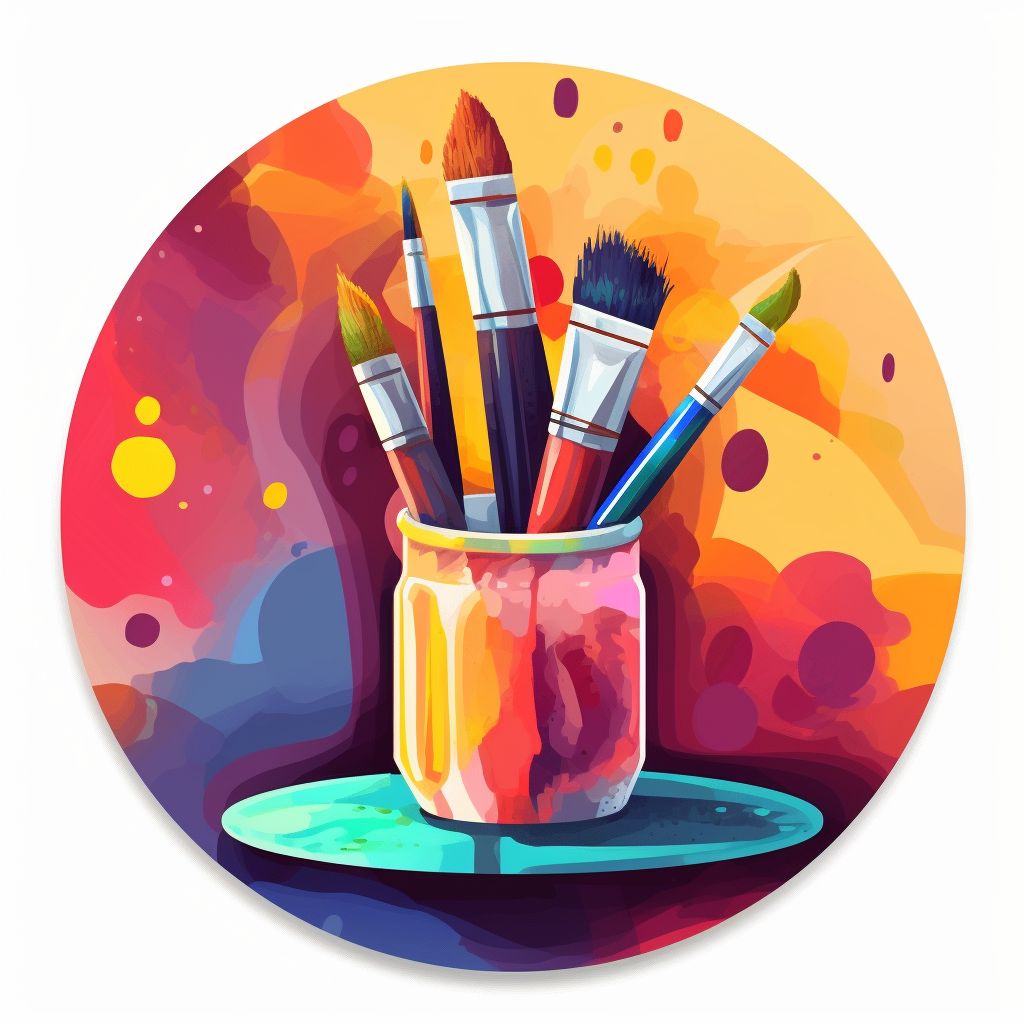
Art therapy for OCD can be used as a standalone treatment or as an adjunct to other evidence-based approaches such as cognitive-behavioral therapy (CBT) and medication. While CBT remains the gold standard for treating OCD, art therapy offers unique advantages that complement traditional approaches.
Art therapy can enhance the therapeutic process by providing additional avenues for emotional expression and exploration. It taps into nonverbal communication, allowing individuals to express complex emotions and thoughts that may be challenging to articulate verbally. By integrating art therapy with CBT, individuals can access different layers of self-understanding and emotional processing, potentially leading to more comprehensive and effective treatment outcomes.
It is important to note that art therapy is not meant to replace standard OCD treatments but rather to supplement them. Collaborative approaches between art therapists, psychologists, and psychiatrists can provide individuals with a holistic and integrated treatment plan that addresses various aspects of their OCD symptoms.
Explore the most common mental health disorders & gain valuable insights to improve your well-being!
Art Therapy at Home
Engaging in art therapy at home can be a beneficial self-care practice for individuals with OCD. Here are some suggestions to consider:
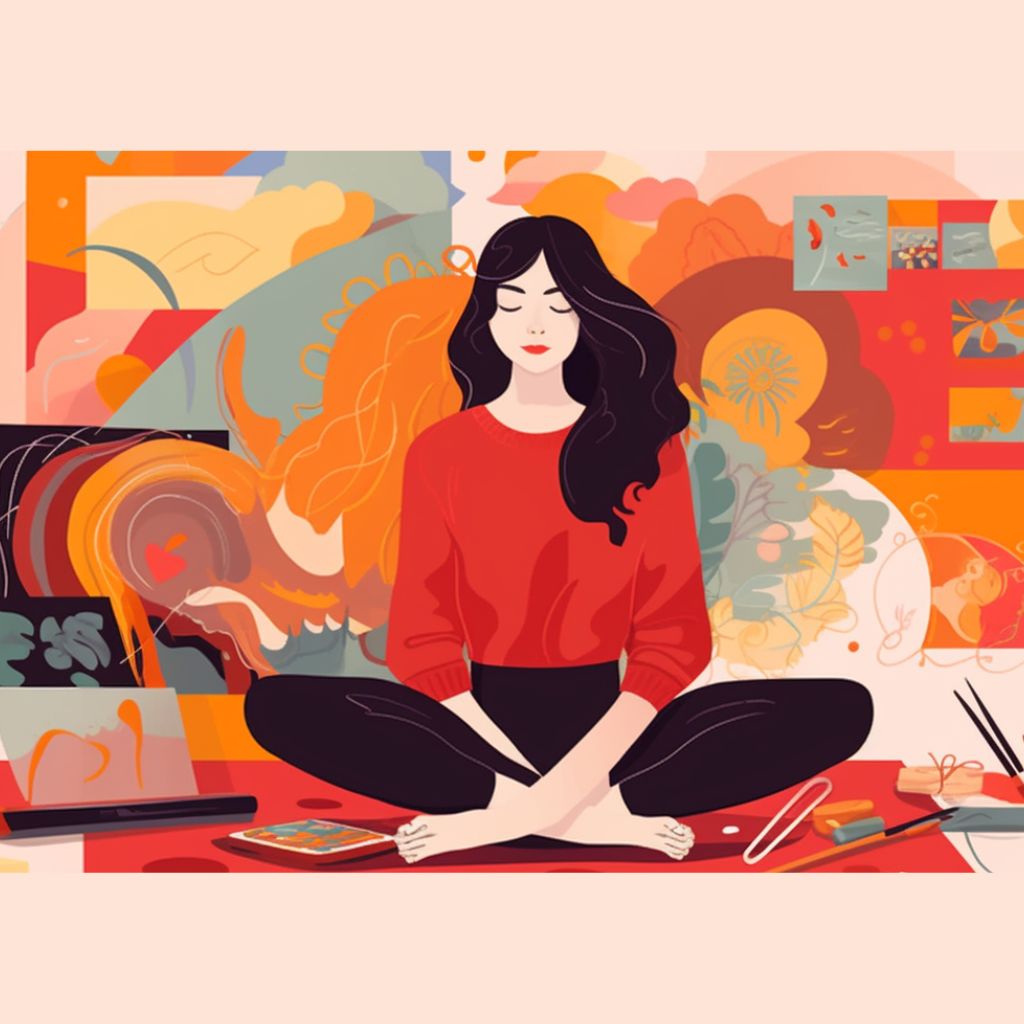
- Create a designated art space: Set up a specific area in your home where you can comfortably engage in art therapy. Make it a dedicated space for your creative expression and ensure it is free from distractions.
- Start with simple materials: Begin with basic art materials such as paper, pencils, markers, or clay. These materials are readily accessible and easy to use. As you become more comfortable, you can explore other art mediums that resonate with you.
- Practice non-judgmental observation: Embrace the process of creating art without judgment or self-criticism. Focus on the act of expression rather than the final outcome. Allow yourself to freely explore your thoughts and emotions through the art-making process.
Here are some step-by-step art therapy exercises you can try at home to support the management of OCD symptoms:
- Mindful Doodling: Start by doodling freely on a blank piece of paper. Let your pen or pencil move intuitively without any specific goal in mind. Focus on the sensations and the act of drawing, allowing it to bring you into the present moment and promote mindfulness.
- Thought Mapping: Create a visual representation of your intrusive thoughts by drawing simple symbols or shapes that represent them. Explore the connections between these thoughts and any associated emotions or triggers. This exercise can help you gain insight into the patterns and themes of your OCD thoughts.
| You should read this: Types of OCD | 14 Forms of Obsessive Compulsive Disorder
Safety Guidelines for Practicing Art Therapy
While art therapy can be a beneficial practice, it is essential to prioritize safety and well-being. Here are some guidelines to keep in mind:
- Emotional support: Engaging in art therapy may bring up emotions or memories that could be challenging to process alone. Ensure you have a support system in place, such as a trusted friend or mental health professional, to turn to if needed.
- Time and space boundaries: Set limits for your art therapy practice to avoid becoming overwhelmed. Allocate specific times for engaging in art therapy, and respect your need for breaks and self-care outside of those designated times.
- Self-care and self-compassion: Practice self-care before and after engaging in art therapy. Take breaks when needed, stay hydrated, and engage in activities that promote relaxation and well-being. Remember to be gentle with yourself and approach your art therapy practice with self-compassion.
It is important to note that while art therapy can be a helpful complement to OCD treatment, it is not a substitute for evidence-based therapies such as cognitive-behavioral therapy (CBT). It is recommended to seek guidance from a qualified art therapist or mental health professional to ensure a safe and effective art therapy practice.
| Also might be interesting: Does OCD Get Worse at Night?
Integrating Art Therapy with Traditional OCD Treatments
Art therapy can complement traditional OCD treatments by providing a creative and expressive outlet for individuals to explore their experiences beyond verbal communication. While approaches like cognitive-behavioral therapy (CBT) focus on thoughts and behaviors, art therapy engages the visual and sensory aspects of the therapeutic process. This integration can enhance the overall effectiveness of treatment by addressing emotional, symbolic, and nonverbal aspects of OCD.
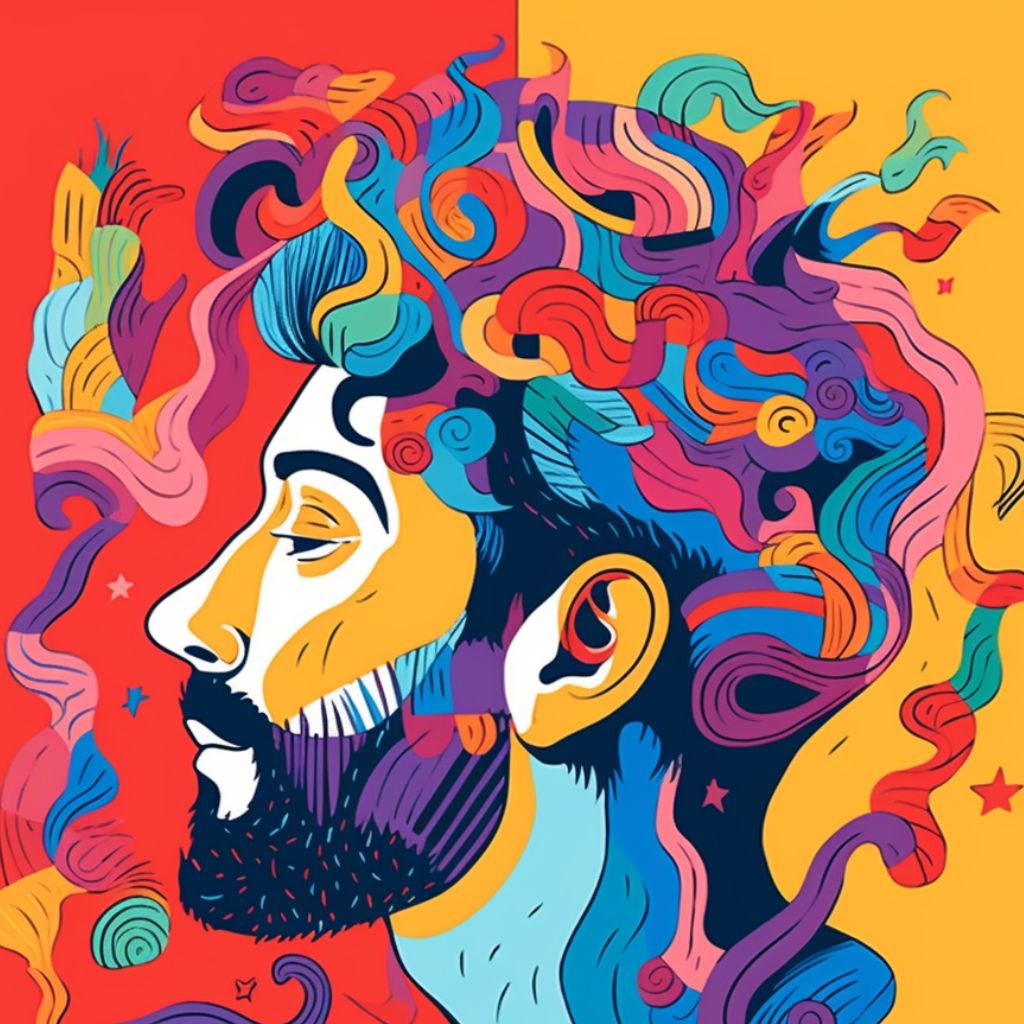
Art therapy offers a unique platform for individuals to externalize their obsessions and compulsions, making them more tangible and approachable. It can facilitate the exploration of underlying emotions, triggers, and meanings associated with OCD symptoms. Through the creation of visual art, individuals can gain deeper insights into their condition, fostering self-awareness and facilitating personal growth.
| Gain insights: Art Therapy for Depression
Collaboration between art therapists and other mental health professionals is vital in providing comprehensive care for individuals with OCD. By working together, therapists can combine their expertise to develop an integrated treatment plan that addresses multiple dimensions of the disorder. Art therapists can share insights gained from the visual expressions of their clients, which can inform the therapeutic process and guide treatment strategies.
Collaborative approaches may involve regular communication and coordination between art therapists, psychologists, psychiatrists, and other members of the treatment team. This collaboration allows for a holistic understanding of the individual’s needs and ensures that treatment approaches align and reinforce each other. Joint sessions or consultations among professionals can provide a comprehensive perspective and enhance the overall treatment outcomes.
Open and effective communication between individuals with OCD, art therapists, and other mental health professionals is crucial for comprehensive care. Sharing relevant information, concerns, and progress updates across the treatment team ensures that everyone is working towards common goals and can adapt treatment strategies as needed.
Coordination among professionals allows for the integration of art therapy with other evidence-based treatments for OCD. This coordination ensures that the interventions are complementary, avoid conflicts, and collectively address the individual’s specific needs. By establishing clear channels of communication and maintaining a collaborative approach, the treatment team can provide comprehensive care that optimizes the benefits of art therapy alongside other therapies.
| Discover: OCD Panic Attacks
HealWiser’s Last Piece of Advice
If you have OCD, consider discussing art therapy with your mental health professional to explore its potential benefits for your specific situation. Art therapy can be used in combination with traditional treatments, such as cognitive-behavioral therapy (CBT) and medication, to create a comprehensive approach that addresses multiple dimensions of OCD.
The field of art therapy for OCD is continuously evolving, and future research holds promise for further exploring its effectiveness and potential applications. Research studies investigating the specific mechanisms of action and long-term effects of art therapy for OCD could provide a deeper understanding of its impact.
Sharing your experiences can provide valuable insights and emotional support. So…
…share your experience with HealWiser and others in the comments section below this post.
Sources:
Journal of the American Art Therapy Association
Journal of Nervous and Mental Disease
Journal of Clinical Psychology


